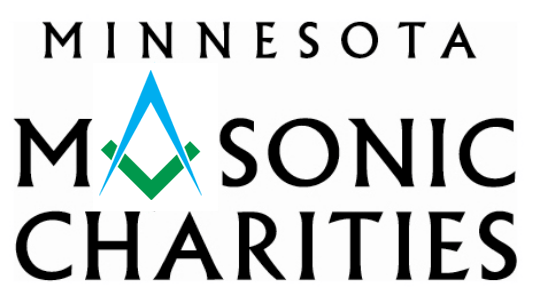I spent much of last weekend half working from the dining room table and half listening to my children playing upstairs, making sure they did not need any parent interventions. Most of the time, my four children get along wonderfully. I would even go so far as saying that they are each other’s’ best friends; however, after this long, cold stretch, and months spent at home due to the pandemic, you never know when their boredom will lead toward arguments and yes, sometimes even tears.
To avoid arguments during playtime, my children began to plan and organize their play. They broke off into pairs; one pair was “the seekers” and the other was “the hider/planners.” Their game went like this: The hider/planners colored, cut out and hid a handful of golden coins. Then, they proceeded to make a map of exactly where the treasure would be hidden. This map was quite elaborate, with hand-drawn landmarks and footstep-measured distances between objects. Once the map met their approval, they rolled it up, tied it with a string, and presented it to the seekers. The seekers excitedly followed the clues on the map, asked clarifying questions, and celebrated wildly when the prize was found.
My children, ages 5-to-9 play this game often, but the game has changed throughout the years. When they were little their favorite game was “I Spy” and eventually, after many adaptations, the game became “Treasure Hunt.”
I Spy is one of my very favorite speech and language games to play with children because I can target any area of learning without any added materials, and it can be modified to almost every age level. I Spy is a guessing game in which one person chooses an object and provides a simple description of the object without stating what the object is. The other players then attempt to guess the object.
Benefits of playing I Spy:
- Develops and reinforces vocabulary: Naming of objects and exposure to new words
- Teaches adjectives: Using words to create visual images – colors, shapes, size
- Supports development of categorization
- Encourages direction following and understanding of language
- Builds working memory: Memory skills require repetition and practice
- Aids in teaching social skills: Cooperation, turn taking, give-and-take
- Helps to develop questioning and answering skills
- Promotes inference skills: “I’m thinking of something that…”
- Modeling correct sentence structure by adult participants
When my own children were younger, our I Spy game consisted of naming single objects. Initially, the game would go like this…I would be sitting with my 15-month old, looking at a book together, and I would say, “hmmmm bird” and she would search the page and start squealing with elation when at last she found the bird. She would point it out and then we would switch roles. Now it was her turn to request an item and my turn to search and find. You can see how, even at this young age, we were working on vocabulary, direction following, memory, and social skills. As her language developed, our game of naming single items expanded to using short phrases. Our phrase was usually, “I see _____” and the game would continue. We would play this game several times throughout the day–during car rides, on walks and in stores.
Once my children were preschoolers, we were able to expand the game even further. Instead of naming objects, we would describe them and the guessers would have to use the clues to figure out the secret item. Initially the descriptions were limited to colors, but eventually they became more creative. I would hear my son say, “This is an item that you use to stir.” I would guess that the item was a spoon and he would reply, “No. You don’t eat with it but you use it when you make pancakes.” Ding! Ding! Ding! At this point, I might ask a question like, “Is it made of wires?” “Yes!” “Is it a whisk?” “Yes!”
Now that my children are school age, we have put new limits on the game to make it more challenging. Instead of unlimited guesses, each participant can ask up to three questions about the mystery item and then they need to make a guess. This adaptation has helped my children strategize and determine questions that will gain the most information.
Over the years, our I Spy game has shifted and changed. Changing up the rules and making up new rules has helped my children learn to be flexible and has kept the game interesting. We have played, “What’s in the bag?,” a game in which someone puts several items in a bag and then the next player reaches in and without looking describes what they feel. We have played I Spy while looking through family photo albums. This is an especially fun way to work on family members’ names and talk about experiences that we have been through together. We have played I Spy in the dark using flashlights. We have changed it up and played I Spy in a different way by using picture lists to search for grocery items when shopping and items in a park when playing. The latest adaptation is playing treasure hunt.
Whether your child is at the stage of naming single items or creating treasure maps, I hope that you find time to encourage the skills from I Spy. It has brought much enjoyment to our family and I anticipate it would for yours as well!
Danielle Davis, M.A. CCC-SLP
Speech Language Pathologist





